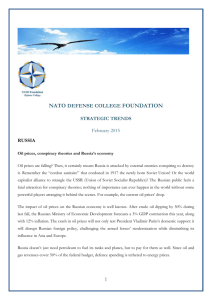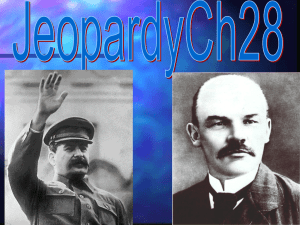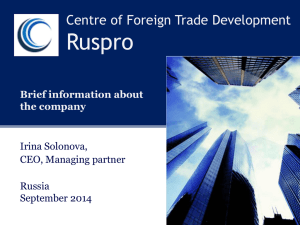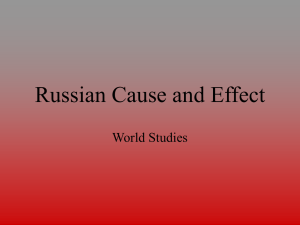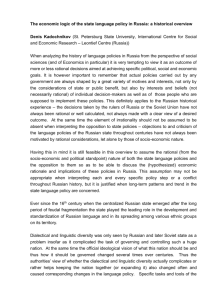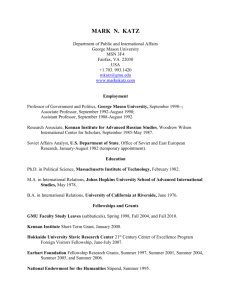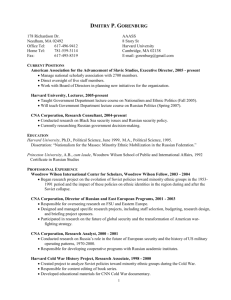EUROPE & RUSSIA: The Cultures of Russia Chapt 16, Sect 3 How
advertisement
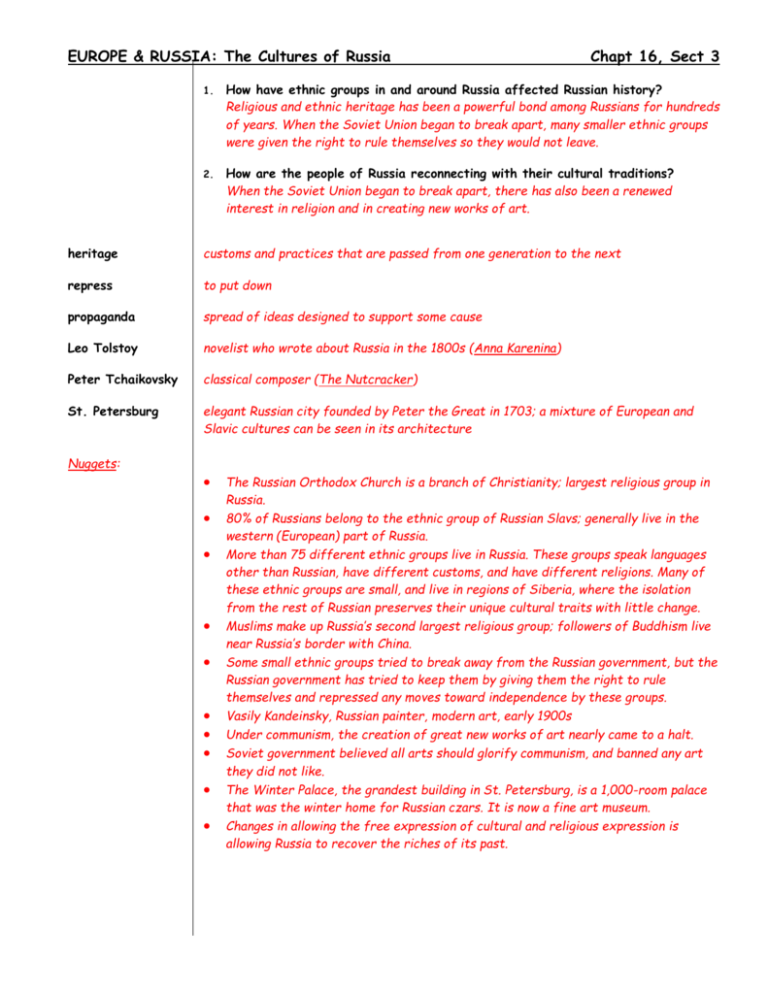
EUROPE & RUSSIA: The Cultures of Russia Chapt 16, Sect 3 1. How have ethnic groups in and around Russia affected Russian history? Religious and ethnic heritage has been a powerful bond among Russians for hundreds of years. When the Soviet Union began to break apart, many smaller ethnic groups were given the right to rule themselves so they would not leave. 2. How are the people of Russia reconnecting with their cultural traditions? When the Soviet Union began to break apart, there has also been a renewed interest in religion and in creating new works of art. heritage customs and practices that are passed from one generation to the next repress to put down propaganda spread of ideas designed to support some cause Leo Tolstoy novelist who wrote about Russia in the 1800s (Anna Karenina) Peter Tchaikovsky classical composer (The Nutcracker) St. Petersburg elegant Russian city founded by Peter the Great in 1703; a mixture of European and Slavic cultures can be seen in its architecture Nuggets: The Russian Orthodox Church is a branch of Christianity; largest religious group in Russia. 80% of Russians belong to the ethnic group of Russian Slavs; generally live in the western (European) part of Russia. More than 75 different ethnic groups live in Russia. These groups speak languages other than Russian, have different customs, and have different religions. Many of these ethnic groups are small, and live in regions of Siberia, where the isolation from the rest of Russian preserves their unique cultural traits with little change. Muslims make up Russia’s second largest religious group; followers of Buddhism live near Russia’s border with China. Some small ethnic groups tried to break away from the Russian government, but the Russian government has tried to keep them by giving them the right to rule themselves and repressed any moves toward independence by these groups. Vasily Kandeinsky, Russian painter, modern art, early 1900s Under communism, the creation of great new works of art nearly came to a halt. Soviet government believed all arts should glorify communism, and banned any art they did not like. The Winter Palace, the grandest building in St. Petersburg, is a 1,000-room palace that was the winter home for Russian czars. It is now a fine art museum. Changes in allowing the free expression of cultural and religious expression is allowing Russia to recover the riches of its past. EUROPE & RUSSIA: The Cultures of Russia NOTE TAKING Cultural Expression in Soviet Union Forbid to practice of religious beliefs Banned many artists if their work did not glorify communism. Free public education Chapt 16, Sect 3 Cultural Expression in Federation of Russia Renewed practice of religious beliefs Returned to creating new works of art. Free education has continued ________________________________________________________________________________ SUMMARY: Although the Soviet government of the 20th century tried to control the Russian People’s religious beliefs and creative expression, many of their cultural traditions have survived.

